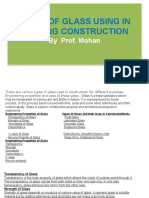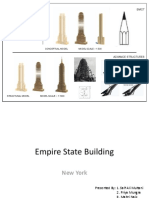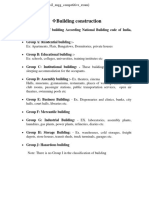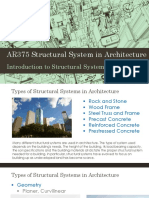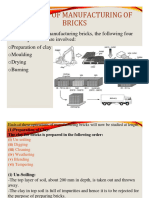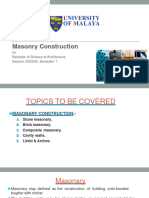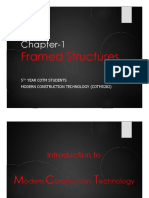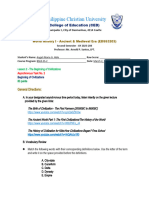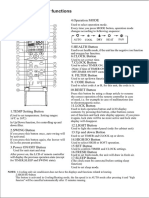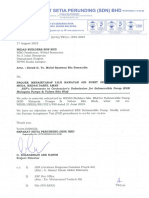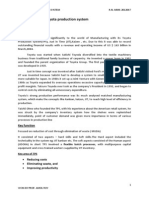100% found this document useful (1 vote)
433 views39 pagesFrame Structures for Engineers
Frame structures support loads through a skeleton of materials like steel, wood or reinforced concrete rather than load-bearing walls. There are different types of frame structures based on materials used like steel, concrete and timber frames. Steel frame structures commonly use vertical steel columns and horizontal I-beams arranged in a grid to support floors, roofs and walls. Concrete frames can be non-rigid, semi-rigid or fully-rigid depending on joint rigidity. Reinforced concrete frames provide strength and stability with durability requiring little maintenance.
Uploaded by
Hamza SiddiqiCopyright
© © All Rights Reserved
We take content rights seriously. If you suspect this is your content, claim it here.
Available Formats
Download as PPTX, PDF, TXT or read online on Scribd
100% found this document useful (1 vote)
433 views39 pagesFrame Structures for Engineers
Frame structures support loads through a skeleton of materials like steel, wood or reinforced concrete rather than load-bearing walls. There are different types of frame structures based on materials used like steel, concrete and timber frames. Steel frame structures commonly use vertical steel columns and horizontal I-beams arranged in a grid to support floors, roofs and walls. Concrete frames can be non-rigid, semi-rigid or fully-rigid depending on joint rigidity. Reinforced concrete frames provide strength and stability with durability requiring little maintenance.
Uploaded by
Hamza SiddiqiCopyright
© © All Rights Reserved
We take content rights seriously. If you suspect this is your content, claim it here.
Available Formats
Download as PPTX, PDF, TXT or read online on Scribd
/ 39

























